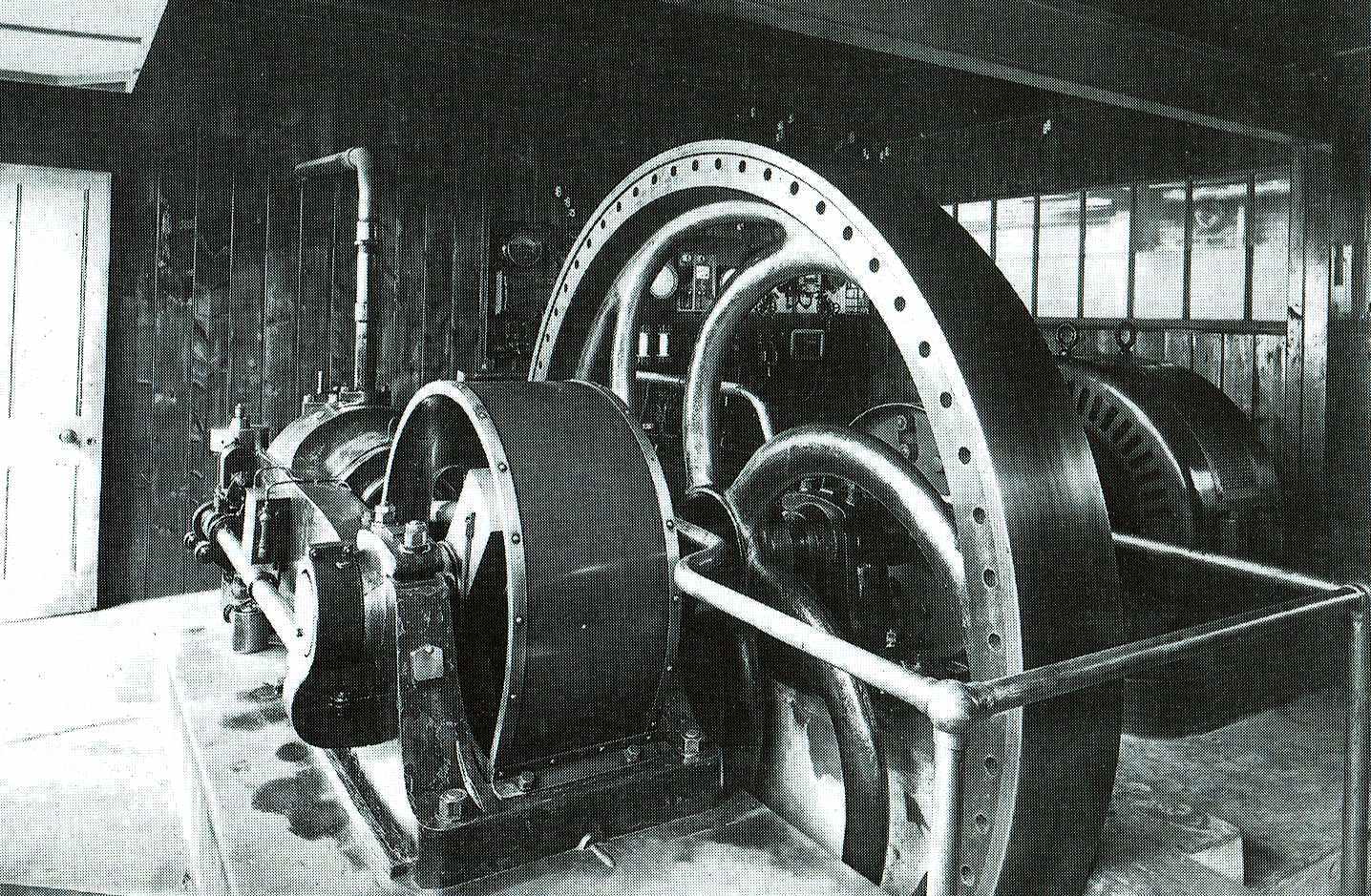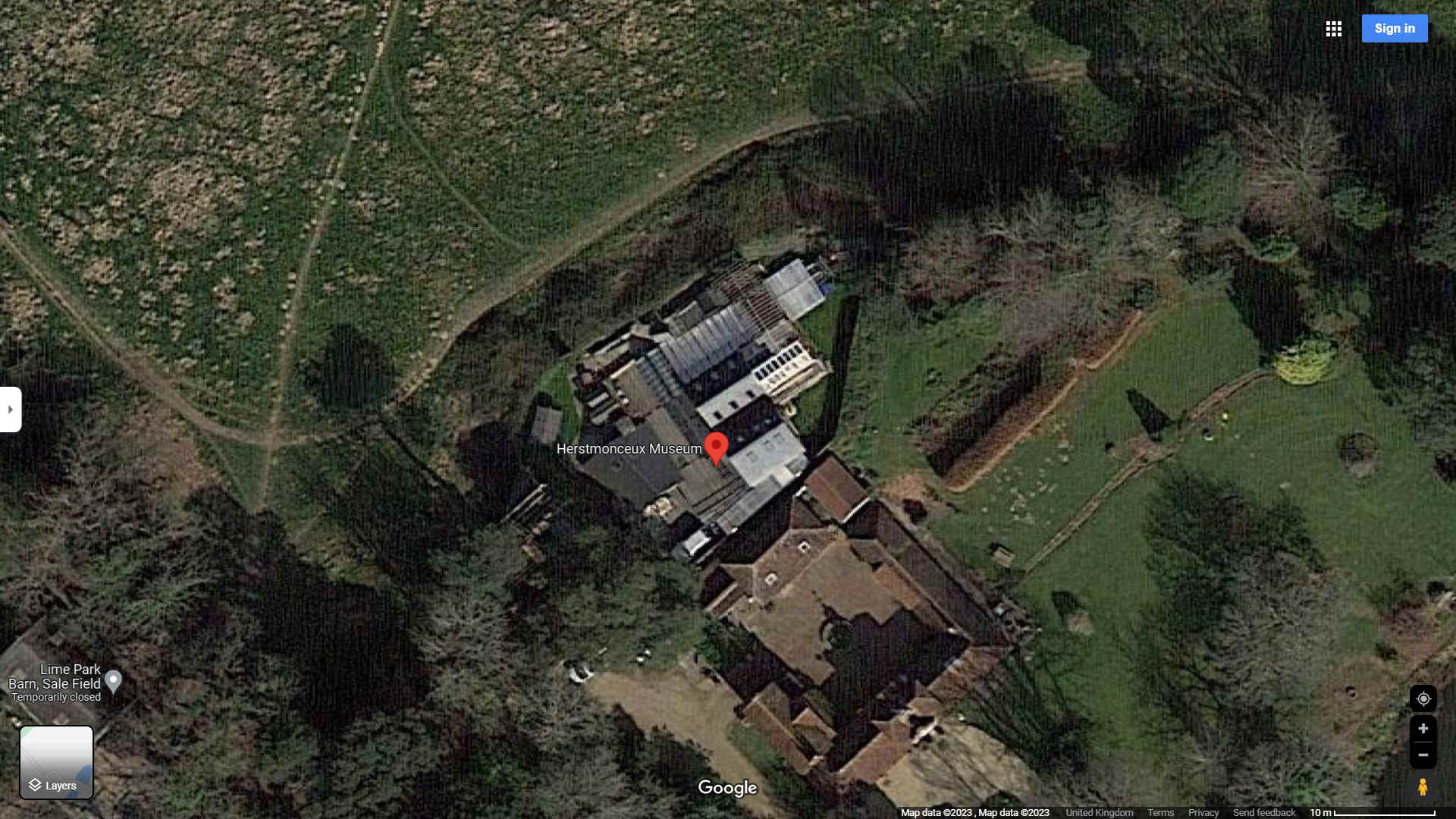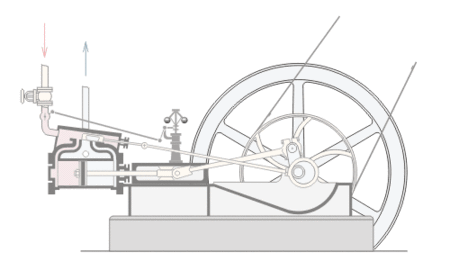|

It
was either fated, or the most incredible set of coincidences, that
brought the Generating Station's savoir together. For sure, without him,
the proud new owner in
1981, had it in mind to demolish what they saw as a
liability. That was until he was running short of disposable cash, and wanted to
secure the skills of his best decorator & handyman.
In
the United Kingdom, England, Northern Ireland, Wales and Scotland, electricity
prices are way above that deemed to be sustainable in United Nations SDG7
terms.
In
the UK we are not blessed with hydro-electricity, such as in Canada and
Brazil. But we do have massive on and offshore wind power to tap into.
Yet, these benefits are not finding their way back to consumers, where
it is customers that matter. One of the identified problems being the
lack of investment in infrastructure development, such as grid storage
capacity. Where profits from sales are not finding their way back to
developing sustainability, but ending up in the pockets of shareholders.
As a brake to implementation of the Sustainability
Development Goals. In this case: "clean affordable energy for
all."
Of
course, without the investment of shareholders in free market, there
could be no development. Sadly, the UK sold off the Grid
in a move to Privatisation, without policies to benefit the end users.
You may agree with the many pundits, that this was another genius level
foul up, by the then Conservative
Prime Minister; Margaret
Thatcher. The lady being responsible for allowing sovereign UK
assets to find their way into the pockets of US and Chinese owners, as
massive $billion dollar dividends. There can be little doubt that
'Maggie' was not working for the UK electorate, those who did and did
not vote for her. She was more the sell-off quick-fix queen, working for
overseas investors, in dismantling Britain, simply to stay in power, for
her own political gain. Apparently, doing all she could to destabilize
the British economy, and weaken our international standing. We were not
then surprised to find out that there is a Petition
calling for a return of utilities to public ownership. Presumably, to
heal this gaping economic wound, a social cancer,
if you will.

An
aerial view of Herstmonceux Museum in 2022, showing the public footpaths
north of the generating buildings. Many of which are unregistered, but
well trodden for over forty years, from our records.
It has been
Labour Party policy
since the 2017 election to take the transmission and distribution companies back into public ownership.
The party would then encourage the establishment of locally owned energy supply businesses to compete with the private sector suppliers, including the Big Six suppliers: British Gas, EDF, E.on, npower, Scottish Power and SSE.
Shadow energy secretary Rebecca Long-Bailey is quoted as saying: "Companies have been able to post huge profit margins."
Around 50% of UK offshore wind is publicly owned right now, but only 0.07% of it is publicly owned by the UK. Instead, publicly owned companies from Denmark and Norway take the opportunities and make the profit.
Once energy has been generated, it needs to be transmitted across the country. National Grid is responsible for gas transmission across the UK mainland and
electricity transmission in England. You don’t have any choice about this as a consumer - it’s a private monopoly. In 2023, National Grid shareholders received £1.6 billion in dividends - money that could have been reinvested back into the system.
A handful of privatised distribution companies also take the energy - gas and
electricity - from the power stations to your home. Shareholders from around the world profit from these monopolies. For example, if you’re in the North East, your electricity is delivered to your home by Northern Powergrid. This company is owned by American conglomerate Berkshire Hathaway, which is owned by US
billionaire Warren Buffett. If you’re in London, the South East or the East of England, your electricity is delivered to you by UK Power Networks, which is owned by the CK Group. It has been criticised for paying its billionaire Hong Kong owner, Li Ka-shing, more than £2 billion in dividends since he bought the company in 2010. (Li Ka-shing's portfolio of UK companies also includes Northumbrian
Water).
None of the Big Five retail companies (British Gas, Ovo, E.ON,
Scottish
Power, EDF) is itself a listed market company. All are subsidiaries of parent companies – four out of the five are listed on stock exchanges.
All
of this convoluted mechanism to cloud what is happening, would not have
been possible except for the shortsightedness of Margaret
Thatcher. Or,
was it that? Was her party funded by the prospective investors, who are
now reaping the rewards of their party political donations? It's an
interesting notion.
- EDF Energy UK is 100% owned by Électricité de France, a French public utility owned by the Government of France
- Scottish Power is 100% owned by Iberdrola (listed in Spain), a Spanish energy electric utility which counts BlackRock and the Qatari Investment Authority as its major shareholders
- In early 2019 Npower was bought by E.ON UK, making both subsidiaries of the German parent company E.ON SE (listed in Germany). Among the major shareholders of E.ON SE are RWE AG, another German energy company, Capital Group, a US asset manager, and the Canadian Pension Plan Investment Board, a Canadian Crown Corporation
- Ovo Energy is privately owned and SSE is now part of Ovo (the two major shareholders of SSE are giant US asset managers: BlackRock and Invesco)
- And finally the major shareholders of Centrica, the lesser-known parent company of British Gas, include the UK asset management firms Schroders and abrdn, as well as Bank of New York Mellon Corporation, a US investment bank
Shareholders around the world profit from the UK's energy system and the at present
"outrageous" bills, according to weownit.org.uk We imagine this would not sit well with
Charles de Roemer.
KEY FACTS
- In France, publicly owned EDF kept energy bill rises to 4% in April 2022 while UK prices went up by 54% and look to be going up further.
- UK energy bills in July-September 2023 will be more than 60% higher than in winter 2021/2
- The TUC has calculated it would only cost £2.85 billion to buy back the Big Five - a lot less than what the government spent propping up Bulb, a private company that collapsed in 2021.
- Research shows that prices are 20-30% lower in systems with public ownership
- In Norway, instead of allowing companies like BP and Shell to make huge profits, they have used their oil wealth to create a sovereign wealth fund which they are now using to pay 80% of people’s energy bills above a capped price. Germany, Italy and the US also have public suppliers
- 9 out of 10 countries which are leading on the green transition have a state owned company leading the way on renewables. (The UK is the only country which doesn’t.)
- The UK is the only country in Europe (apart from Portugal) which has a privatised electricity grid
- The current UK government has already decided to bring a part of National Grid into public ownership to lead the way on net zero - this involves legislation and compensation to shareholders, showing that it is all possible!
- Bringing the rest of the grid into public ownership would save us around £3.7 billion a year - buying it back would pay for itself in 7.5 years. £3.7 billion is enough to pay for around 222 wind turbines!
- In terms of buying back the energy grid - transmission and distribution - only 2% of it is owned by our pensions. 98% is owned by other investors around the world. For example, Northern Powergrid (distributor in the North East) is owned by US billionaire Warren Buffett while UK Power Networks (distributor in London) is owned by Hong Kong billionaire Li Ka Shing
- 66% of us want energy in public ownership
SHOULD THE UK NATIONALIZE THE OIL GIANTS - BP, SHELL, ETC?
Natural resources like oil and gas, wind, sun, hydropower belong to all of us if they belong to anyone. But BP and Shell are multinational companies and it would be very expensive and complicated to nationalise them. Instead we should tax them properly the way that Norway does.
The £5 billion windfall tax the government has already committed to doesn’t go anywhere near far enough.
BP made record profits of £6.9 billion between April and June - the highest profits in 14 years. Shell made £9.5 billion in the same time period. These companies have also benefited from huge tax breaks.
It doesn’t have to be this way. Oil and gas companies operating in Norway pay a corporation tax of 22%, AND a special tax of 56%. In other words, there is a permanent windfall tax. Norway first invested in developing its hydropower, so today 98% of the country’s energy is renewable. It then used its oil wealth to set up Statoil (now Equinor, 67% owned by the Norwegian state) and to create a sovereign wealth fund for the future worth $1.4 trillion.
The UK might learn from Norway. The next government should perhaps introduce a permanent windfall tax on oil and gas companies like
Shell and BP, at a rate of 56% (on top of corporation tax). Norway is paying 80% of people’s bills above a capped price.
The UK could use the revenues thus generated to cut people’s bills, invest in renewable energy and pay for further nationalisation policies that will benefit the country.
Even before the current energy crisis began, domestic energy bills steadily increased in “real” (ie inflation-adjusted) terms by 50% from 1996 to 2018. In 2013, the Office of Fair Trading aptly described the oligopoly of the big energy companies as a “confusopoly” - deliberate complex price structures. Smaller retailers were running losses to get market share.
SHOULD THE UK NATIONALIZE THE BIG FIVE ENERGY RETAIL COMPANIES?
We should start by turning any future retail companies that fold into a public supplier, as we argued when Bulb collapsed. These new companies could keep bills low, plan for fluctuations in global energy prices and investing in renewable energy. The market is in chaos - 40 energy supply companies have gone bust recently, affecting nearly 6 million customers.
British Gas, EDF Energy, E.ON Next, OVO and ScottishPower are the five biggest suppliers in the country. The TUC says it would cost around £2.85 billion to bring them into public ownership. This is comparatively little given that the government is said to have spent £6.5 billion propping up Bulb. The TUC points out that the new publicly owned company or companies could deliver a programme of efficiency retrofitting to upgrade homes as well as making bills fairer.
TUC analysis suggests taking the Big Five retail companies, with over 70% of household customers, into public ownership would cost around £2.85 billion. Again, much less than the government paid to prop up Bulb (£6.5 billion) The National Audit Office also estimated that energy customers will need to pay £2.7 billion to cover the costs of the energy suppliers that have failed since June 2021 and this was before Bulb.
Buying back the energy grid - transmission and distribution - could cost around £27.9 billion. It would save us around £3.7 billion a year so it’s a policy that would pay for itself in just over seven years.
In terms of buying back the energy grid - transmission and distribution - only 2% of it is owned by UK pensions. 98% is owned by other investors around the world. For example, Northern Powergrid is owned by US billionaire Warren Buffett while UK Power Networks is owned by Hong Kong billionaire Li Ka Shing. Of course we need to protect UK pensions but the best way of doing that isn’t to compensate shareholders around the world at full market value.
HYDROGEN
The UK might consider setting up a state-owned hydrogen company, as a publicly owned asset, with new statute to ensure profits go back into network development and lowering household and industrial bills. All to be based on renewables and
green electricity conversion to
green
hydrogen.

...
..
CHAPTERS
CHARACTERS
There
were many other contributors. If
you know of any information that may help us complete this story, please get in
touch.

|





